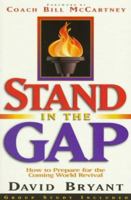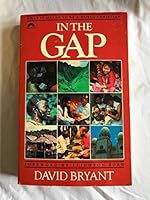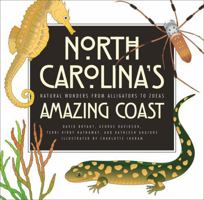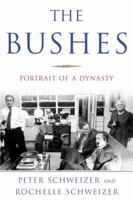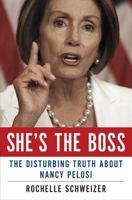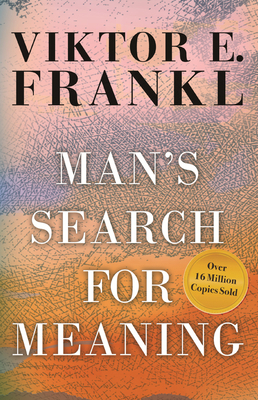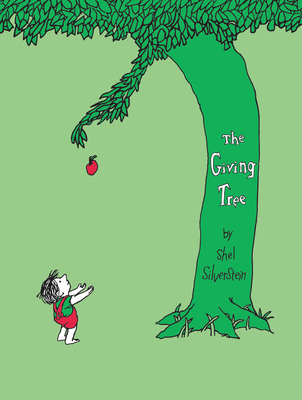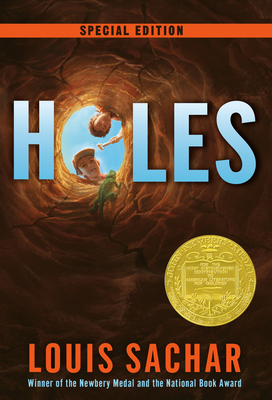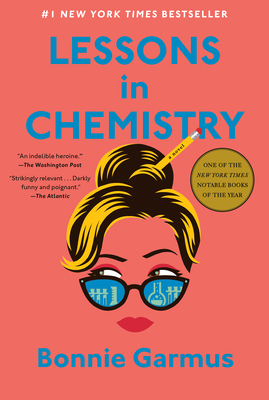Parenting Power in the Early Years: Raising Your Child with Confidence -- Birth to Age Five
Select Format
Select Condition 
You Might Also Enjoy
Book Overview
Customer Reviews
Rated 5 starsPractical Advise Others Never Tell You
Brenda Nixon gives practical advice from personal experience that most parently classes fail to share. Her helpful hints and sharing form her own experience as a mom should let any first-time mom know she is normal in her feelings and reactions.I particularly like the appendix that gives places to go for more help on partlicular subjects.I wish I could have had her book to read when I had my first child 27 years ago.
0Report
Rated 5 starsPractical wisdom with a dose of kindness
Brenda Nixon's practical and easy-to-follow advice would be a wonderful gift to expecting parents or those who already have a houseful of kids! I had the pleasure of interviewing Brenda for a national daily radio program, and the kindness and faith behind her words makes every idea even more helpful. Here's someone who knows what parenting is like and is willing to help you discover all the joys God has in store for you...
0Report
Rated 5 starsThumbs up from Dad and Mom
Solid concepts of a pro with good "rubber meets the road" advice of a veteran parent. Accessible, insightful, seasoned, potent. Enjoyed by both parents in this house.
0Report
Rated 5 starsA "Must Read" for Any Parent of Young Children
Now here's a parent-friendly "must read!" Brenda Nixon's PARENTING POWER IN THE EARLY YEARS is full of motivating ideas and solutions presented in a confident and buoyant way. No heavy textbook stuff in this book! Easy to read. It's perfect for a dad who wants to quickly dip into a section during a TV commercial. Then he might just feel more equipped the next time his kid trys a tantrum.I especially liked the "Ready for Kindergarten?"...
0Report
Rated 5 starsParenting Power in the Early Years
A fantastic book for both parents and those planning in the near or distant future. Brenda Nixon's approach is easy to follow and understand. The book provides very practical tips on common problems, such as a child who bites or fears that you may not be a competent parent. It also leaves the reader feeling empowered, capable of raising a child no matter who you are. I highly recommend this book to all who are, or are...
0Report















